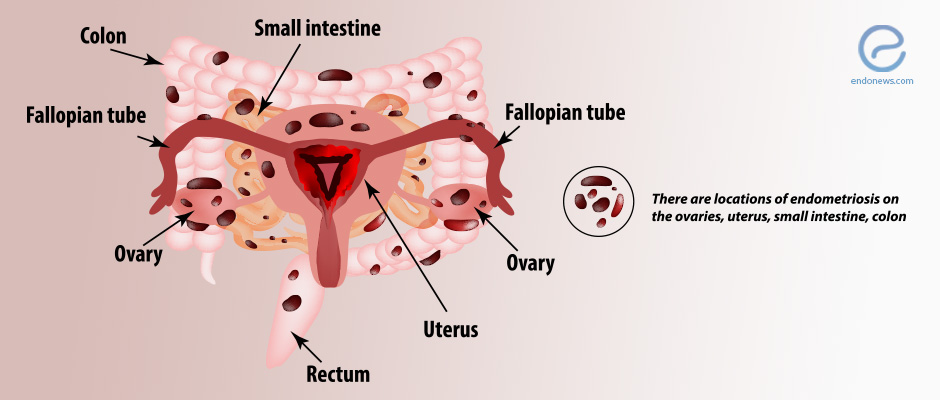


Stage I (minimal) - a few superficial patches.With more severe endometriosis you might also have:Įndometriosis can have a big impact on your quality of life and lead to depression.Įndometriosis can be graded according to how many patches of endometrium you have and how deep they go. In very rare cases, patches of endometrium may grow beyond the pelvic area and lower tummy and cause pain in these areas during your period. You may also bleed from your vagina in between your periods. Pelvic pain and tenderness ie pain in your lower back and tummy - this can be constant but is usually worse a few days before and during your period.Painful periods (dysmenorrhoea) - this can prevent you from carrying out your normal activities it usually starts a few days before your period and lasts the duration of your period normal period pain does not last as long and is not as severe.Pain when urinating or passing a stool during your period.Pain during sex - the pain is felt deep inside you and may last for several hours after sex.

Heavy periods (menorrhagia) - you may have to use two types of sanitary products at the same time (eg pads and tampons) and/or you may bleed through to your clothes and bedsheets.Difficulty getting pregnant - the reason is not always clear but it can sometimes be due to endometrium blocking the passage of an egg in the fallopian tube.Signs of endometriosis are usually worse around the time of your period. Some women have no or mild symptoms, while others have moderate or severe symptoms. Usually, bigger patches cause worse symptoms. Patches of overgrown endometrium can be as small as the size of a pinhead but can grow to form large clumps.

It usually stops altogether by the time you reach menopause. However, you may need surgical treatments for moderate to severe endometriosis. This is because the female hormone oestrogen is needed to develop endometriosis and oestrogen levels drop after menopause.Įndometriosis symptoms are usually mild to moderate and can be managed with medication. Endometriosis is very rare in post-menopausal women. Your risk of endometriosis is reduced if you take the combined oral contraceptive pill and this protective effect may last for up to a year after you stop taking the pill. The earlier it’s diagnosed and treated the less likely you are to have chronic pain or damage to your fallopian tubes and long-term infertility.Įndometriosis can affect any woman but you may be at greater risk if you have a close relative with endometriosis eg your mother, sister or aunt. However, endometriosis is estimated to affect one in 10 women of child-bearing age. It isn’t known exactly how many women have endometriosis as it doesn’t always cause symptoms or symptoms are mild - this means it is often not diagnosed. Endometrium tissue can also block your fallopian tubes.Įndometriosis usually starts between the ages of 25 to 50 but sometimes begins in the teenage years. Left untreated, endometriosis can lead to fertility problems as the build-up of endometrium tissue can cause ovarian cysts, which interfere with egg production. The most common symptom is period pain and pelvic cramps, which can be severe enough to disrupt everyday activities. Endometriosis is a chronic (long-term) condition.


 0 kommentar(er)
0 kommentar(er)
